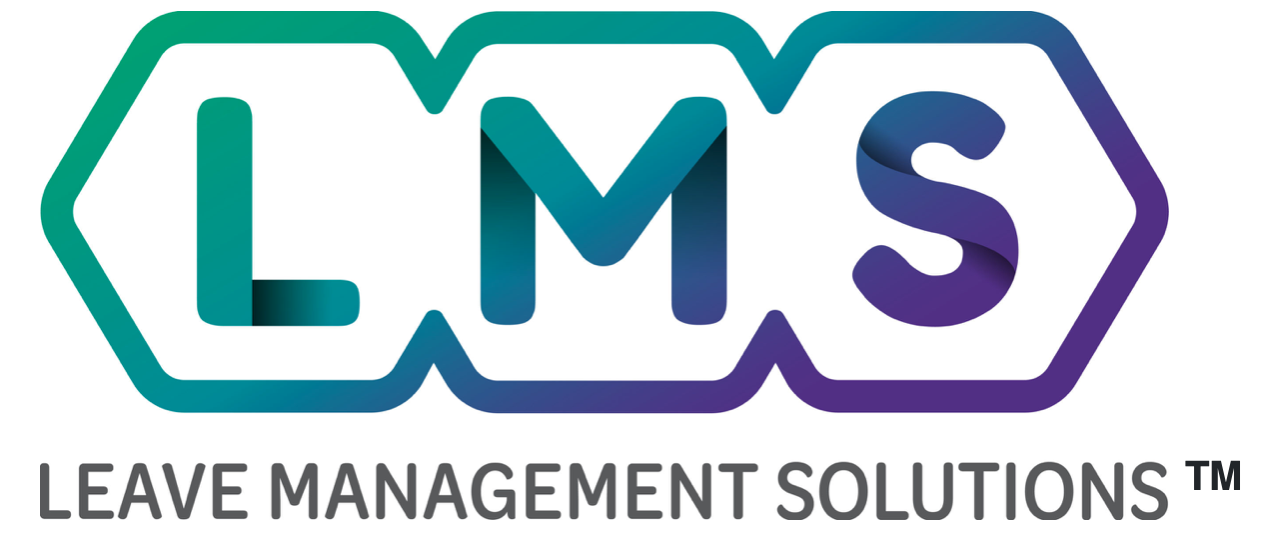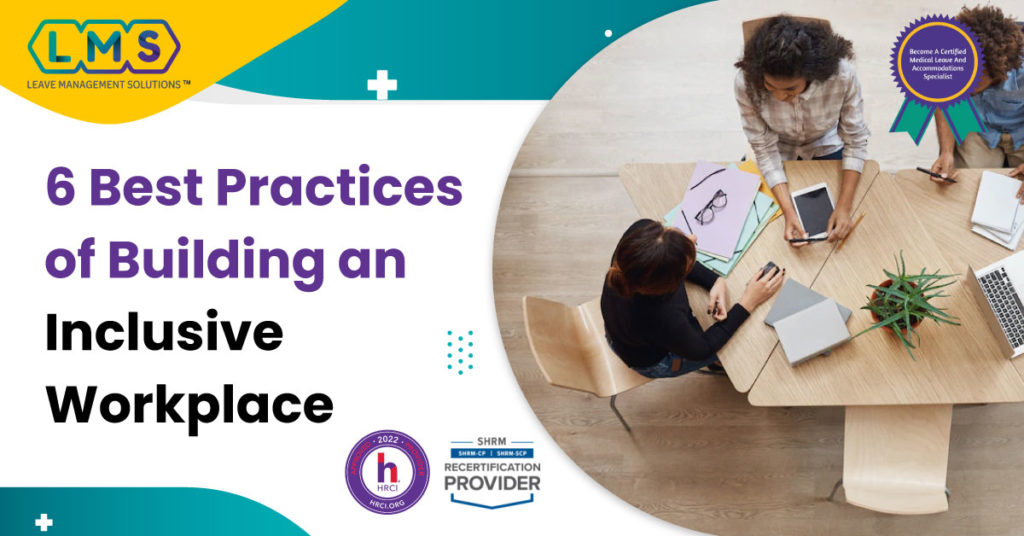It’s natural and understandable to be hesitant about contacting persons who use wheelchairs, are blind, deaf, or whom we find difficult to comprehend. We can be worried that we’ll say something unsuitable, ask an incorrect question, or accidentally offend someone. But, on the other hand, we don’t want to come out as clueless or insensitive.
Disabilities can influence one’s capacity to function well on the job in various ways.
Individuals have different levels of impairment and capacity. The majority of the accommodations are modest and inventive alternatives to standard methods. Furthermore, when you promote inclusivity and eliminate discrimination based on disabilities, you actually make your workplace welcoming for the most remarkable talents. Here are the following practices that can help you do the same effectively.
- Establish an Inclusive Culture — Including Those with Disabilities are Valued, Respected, and Openly Welcomed
It may sound self-evident, but it is critical for persons with disabilities to go above and beyond. It should be ingrained in the company’s environment. Your board chair, CEO, senior leadership, and employees should all emphasize the necessity of adequately integrating persons with disabilities.
The organization’s vision, purpose, and values should clearly state that disability inclusion is a component of its vision, goal, and values. It should be deliberate at all stages, not assumed or thrown on as an afterthought. Policies, budgeting, personnel, recruiting, and planning should all be considered by including all persons.
People of various colors, ages, abilities, sexual identities, gender orientations, beliefs, and other backgrounds must be welcomed by organizations. Leadership can make these announcements verbally, through publications, and social media. It must also be evident in both verbal and actions that if the organization or any of its workers, activities, or materials make someone feel unwanted or unfairly treated, they should report it immediately, and it will be remedied. (Of course, then follow through on that commitment.)
- Recognize, Comprehend, and Accept the General Nature of the Disability
A disability affects 56 million people in the United States. According to surveys, the extended disability community accounts for 63 percent of the population of the United States.
Some people are born with impairments, while others develop them due to an accident, age, disease, or sickness. Specific impairments are visible because they necessitate a wheelchair or have noticeable physical characteristics. Most impairments, such as those linked to learning, attention, mental health, or chronic pain, are, nevertheless, invisible, and many people with hidden disabilities remain “in the closet” owing to stigma. For example, you might not realize that a long-serving board member or significant donor conceals gradual vision or hearing loss or that a coworker suffers from depression, anxiety, or chronic pain.
Keep it in mind while thinking about inclusive practices for your boardroom and workplace, as well as for public events. Remember that every grant you write, every program you run, and event your organization does or sponsors is likely to impact persons with disabilities. It is especially critical for organizations that focus their excellent work on underprivileged people. While people of all backgrounds are affected by disability, people with several marginalized identities (for example, people of color and English language learners with a disability) experience double prejudice. As a result, they have a great chance of becoming homeless, living in poverty, or jailing. You and they are more likely to succeed if you use best practices for intersectional concerns.
- Walk the Walk with Your Grantees and Members, and Encourage them To Do the Same
You shouldn’t support or promote activities that deny women or the participation of people of a different color. And the same principle should apply to prejudice against persons with disabilities. Yet, in a recent poll, just one out of every five organizations (20%) asks its members to include persons with impairments in their activities.
Funders may considerably influence by encouraging or mandating organizations to include the one-in-five persons who live with a disability, making their work accessible, and assisting them with budgeting.
- Ascertain that Individuals with Impairments are Included in Problem Solving
People with disabilities are eager to contribute their own experiences to problem-solving and deserve a place at the table. Because one out of every four individuals in the United States has a disability (including physical, sensory, cognitive, mental health, or other problems), ensuring that the disability population is represented in leadership and across the workforce should be a component of your workplace.
According to the latest findings, doing so is a critical component of making progress on disability issues in general. When it comes to disability inclusion, people with disabilities have a wealth of knowledge and experience to give (as well as to every other issue apart from disability). Consequently, it helps create a welcoming and inclusive environment at the workplace.
- Your Website, Social Media, and Other Materials Must Include Pictures, Infographics, and Other Images of Individuals with Disabilities
In a recent poll, it was found that only 38% of respondents work for organizations that feature persons with visible impairments in their products, such as those who use wheelchairs or have Down syndrome. Using pictures and other visuals of persons with genuine impairments next to their non-disabled peers can help you spread the message of diversity and inclusion at the workplace.
- Make it Clear that Your Policies are Open to Everyone
Promote the efforts you’re taking to make your workplace more accessible to people with disabilities. Your website and social media pages should demonstrate that your efforts are significant, deliberate, and continuing. Consider how the photos and stories you publish, the activities you promote, and the language you use represent a welcoming, valued, and included attitude toward persons with disabilities. Notably, websites and social media are essential tools for communicating an organization’s mission and beliefs.
If you find ADA compliance or handling medical leaves and accommodations complicated, we have an ultimate guide for you that can make your life easy as an HR Professional.
Our comprehensive ADA Compliance Blueprint Certification Training ensures that you know what you need to know about ADA. To understand what else you can learn from our training, visit www.leavemanagementsolutions.com/ada-training.Please login.

